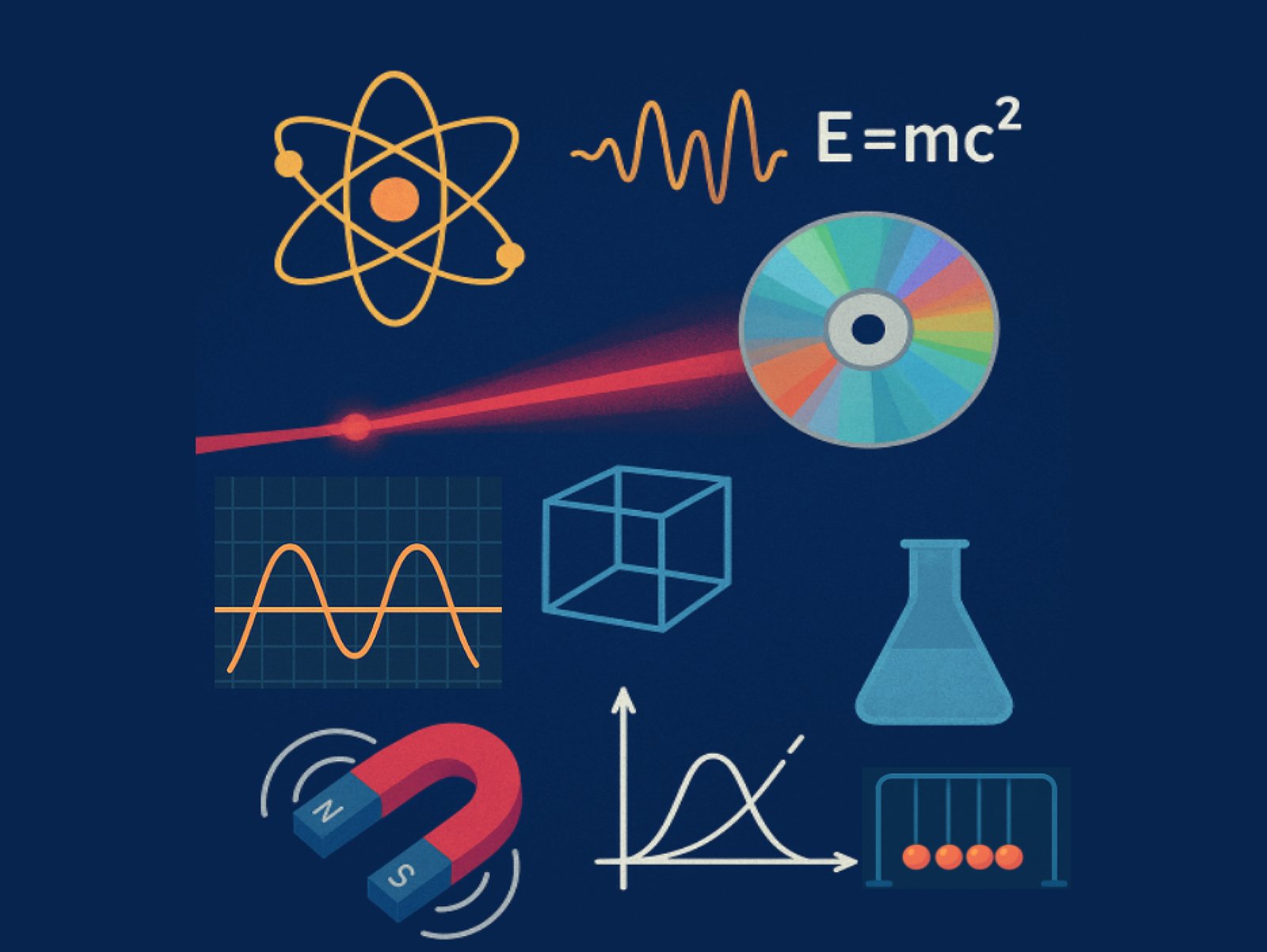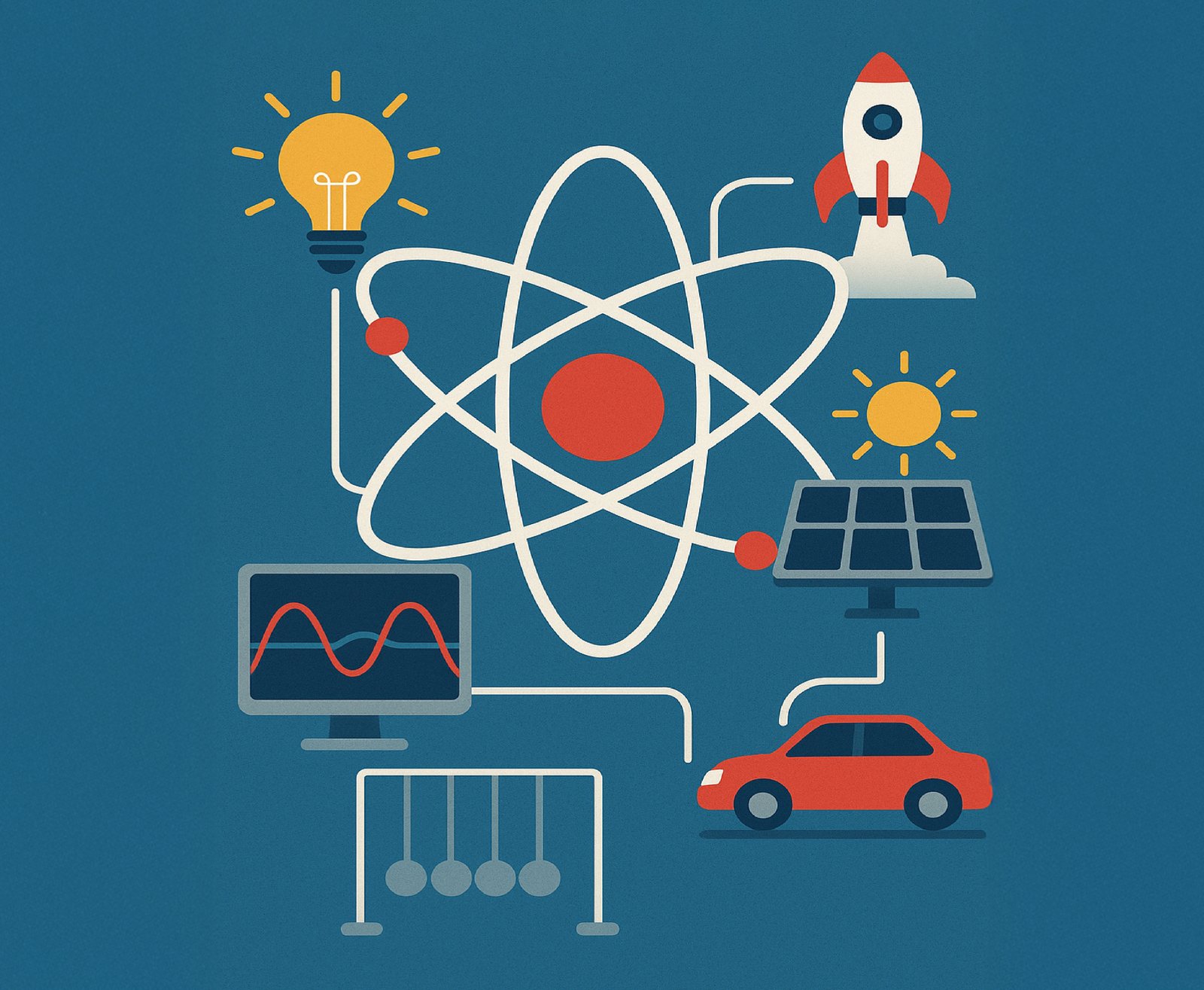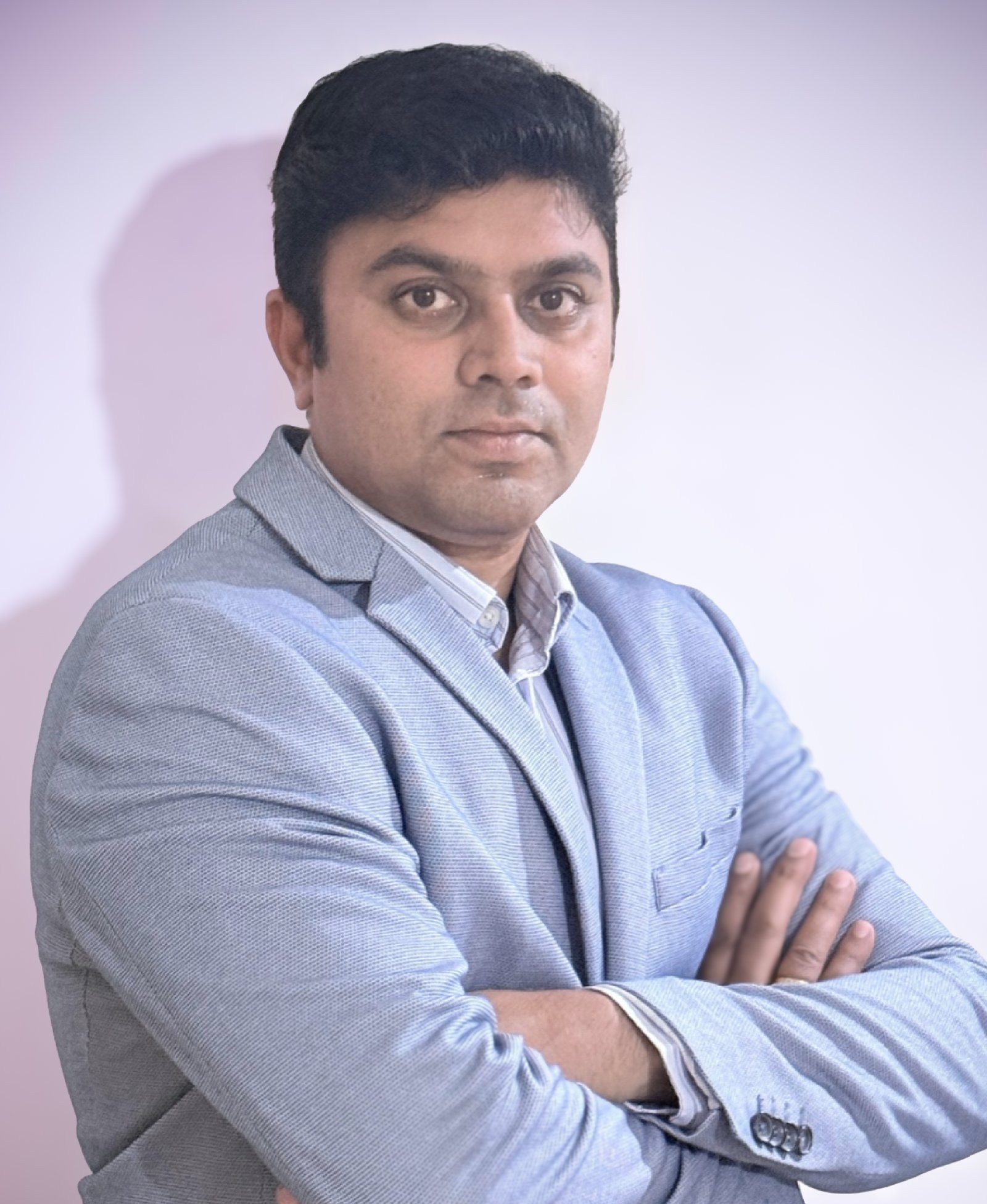
Physics Experience
The Department of Physics at Cambridge Institute of Technology — North Campus offers a comprehensive program that emphasizes hands-on laboratory practice, interdisciplinary research, and active engagement with other institutes/industries. The discipline of physics holds profound relevance for society and community, as it underpins technological advancement, enhances healthcare, safeguards the environment, drives economic development, and fosters global connectivity. Beyond explaining the fundamental principles of the universe, physics contributes to building communities that are stronger, healthier, and more sustainable.
The course covers fundamental quantum concepts including wave–particle duality, uncertainty, the Schrödinger equation, wavefunctions, and tunnelling. The quantum models such as DOS, Fermi energy, carrier concentrations, and the Hall effect. Superconductivity and BCS theory are discussed along with applications like Josephson junctions and SQUIDs. Principles of photonics, including LASERs, detectors, optical fibres, and interferometers, are introduced with practical applications. The course also links quantum mechanics to quantum computing, covering qubits, the Bloch sphere, quantum gates, and basic circuits. By studying them, we gain deeper insight into the workings of the universe while finding practical solutions to improve life, safeguard communities, and advance technology.
Physics Relevance
Physics is relevant because it is the fundamental science that explains the laws of nature. It studies motion, energy, matter, space, and time, providing the foundation for other Engineering sciences such as, Aeronautical, Computer Science, AI/ML, Mechanical, Automobile, Green Energy, Robotics, Chemical, and Biotechnology. More importantly, physics connects theory with application. Discoveries in electromagnetism, quantum mechanics, and relativity have led to electricity, computers, medical imaging, and GPS systems. In daily life, physics powers technology, improves healthcare, supports transportation, and drives clean energy solutions. It also deepens our curiosity by exploring profound questions about the universe. Thus, physics bridges scientific understanding with innovation, making communities stronger, healthier, and more sustainable.






